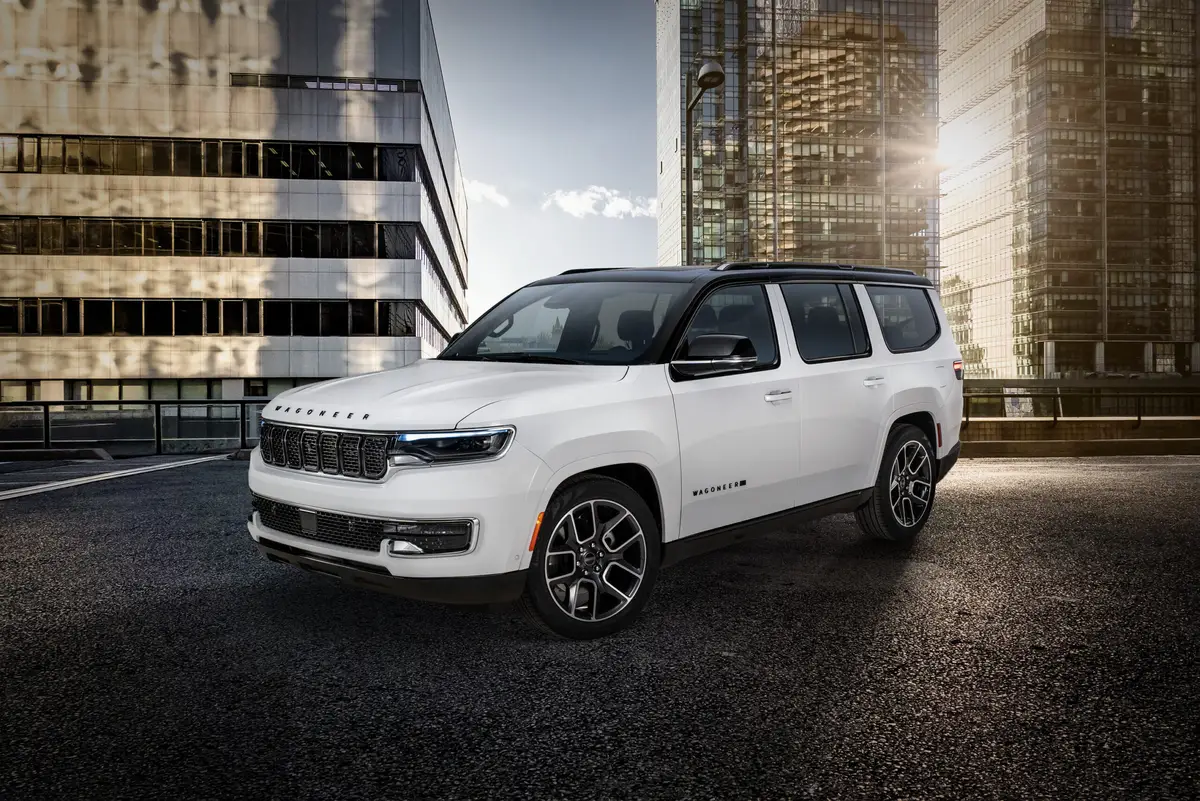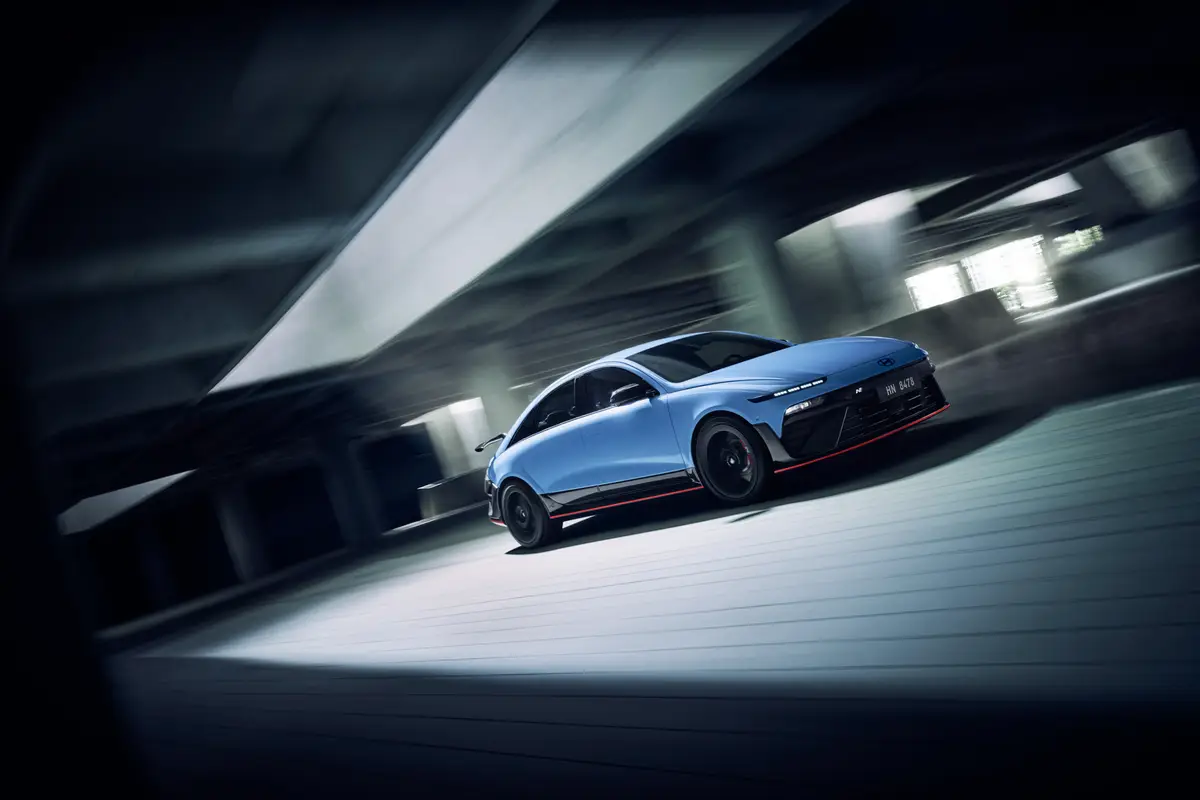Orlando Sentinel's view
Well, it turns out the Miata is not perfect after all.
This is what Eoin Young, a columnist for Great Britain’s Autocar & Motor magazine had to say about it: ”Mazda only does half the job with the new MX-5 sports car. I feel 20 years younger when I get out of the car, but I still look the same. Now if Mazda could do something about my weight increase and hair loss . . . ”
Here’s what I have to say about the MX-5 Miata: It’s the best sports car the British never built.
If you always have loved the beautiful lines and the rasping exhaust sounds of an MG, Triumph, Jaguar,
Sunbeam or Austin-Healey, but were scared away by the stories of electrical fires, oil leaks and pieces falling off, then take a look at the Mazda Miata.
It proves you can have classic styling, fun and dependability in a vehicle that will hold together.
My affection for British sports cars goes way back. When I was 6 years old, Mom one day brought home an Austin-Healey 3000. I loved the sound of the thing but not the back seat. Since 1977, I have owned a slew of British sports cars: five Triumph TR6s, an MGB GT, a Triumph GT6 (briefly) and an MG Midget. I still own a 1980 Triumph TR7 convertible.
But I have to admit it always has been a love-hate relationship. When British sports cars run and when the weather is good, few vehicles can match the fun delivered by a British roadster.
But when it rains, these cars usually leak. And when things go bad mechanically, repairs are usually expensive, nerve-wracking and frustrating propositions.
That’s the beauty of the Miata; you can have all the fun, none of the trauma. This may be the first Japanese car since the Datsun 240Z that has real personality and character. Though the styling is a blatant copy of classic British roadsters, the MX-5 Miata is a masterpiece, purely and simply, because it works so well.
ENGINE, PERFORMANCE
The Miata has a snappy, 16-valve, 116-horsepower four cylinder that gives the 2,182-pound car excellent performance. It also has a rugged feel to it, much like a TR6.
Enthusiast magazines have clocked 0 to 60 mph times in the 9-second range, which isn’t particularly fast. But somehow, the Miata feels like it is much quicker than it really is.
The Miata has the best shifter I have experienced in any car. Its stubby little lever seems to be connected directly to the inner workings of the gearbox. Most shifters have cables or levers that connect it to the gearbox. There usually is some room for error. But not in the Miata. It may be impossible to go through the shift quadrant and miss a gear. It’s tight, precise and easy to use.
The Environmental Protection Agency rates the Miata at 25 miles per gallon city and 30 mpg highway. I drove the car hard and used the air conditioning and got 18.4 mpg in city driving and 24 mpg on the highway. The car seemed to be running properly. I don’t know why there was such a large discrepancy between EPA estimates and actual mileage.
STEERING, HANDLING
If the Miata lacks anything in performance, it makes up for it in handling.
The four-wheel, independent suspension system and the grippy radial tires make losing traction next to impossible. The Miata challenges the driver to find twisty roads so it can reward him with precise handling.
The Miata’s four-wheel disc brakes are powerful but not overwhelming – a good match for the car’s suspension system and drivetrain. All the pieces seem to work with one another.
The power-assisted rack and pinion steering (optional) in the test car works fine but seems to be a frivolous extra.
FIT, FINISH, CONTROLS
Here’s an area where the Miata could stand improvement. The test car featured electric windows, but the switches were located on the center console and were hard to reach. A better spot is on the door armrest. That way they could be operated by a flick oft e thumb.
Interior lighting is poor. There are two lights – one for the driver and one for the passenger mounted at knee level in the dash. Triumph solved this problem in the TR7 and TR8 by mounting the interior lights in the door panels. Since the Miata borrows so much from the British sports cars, what’s one more item?
The shifter sometimes blocks the controls for the radio. If the passenger is adjusting the radio, he has to move his hand before you can shift into third or fifth gears.
Controls for the cruise control are awkward – if you try to accelerate with the cruise on, you easily can turn on the windshield wipers instead.
Something needs to be done about the Miata’s pop-up headlights. For one thing, they mar the beauty of the design. For another, they stick up too far and obstruct the driver’s vision. Maybe Mazda could adopt the Nissan 300 ZX’s clear glass setup. That way the Miata’s shape could stay the same and the car could be simplified by doing away with the electrical components used to operate the system.
These criticisms may sound like the car is laid out poorly, but that’s not the case. They are minor annoyances that are forgotten when you start zipping around town.
Mazda did a fine job in selecting the material for its seats and carpeting. Not only are they strong and durable, but Mazda engineers realize that sooner or later the car is going to get caught in the rain with its top down. The materials look like they will allow water to evaporate quickly.
Raising and lowering the convertible top is a breeze. The driver can lower or raise the top without getting out of the car. The Miata does have a zip-out rear window for those times when you don’t feel like lowering the top but would like some extra breeze in the cockpit.
The seats were comfortable and supportive. They have a fairly long rate of travel so that even 6-footers can find a comfortable driving position. The gauges are almost exact replicas of the Smiths instruments used exclusively for years in British sports cars.
One caveat: The Miata is a very small car. There is precious little room in the interior. The trunk can’t hold even an average size suitcase. This is not a family car.
Thanks to competition from the Capri, Miata prices are now somewhat sensible. If you can do without some of the options, you should be able to get into a Miata for about $15,000.
Fully loaded Miatas are more than $18,000. There’s a special British racing green version that sells for $19,200. Whichever model you choose, rest assured the Miata is the sports car you don’t have to be afraid to own.
Latest news



